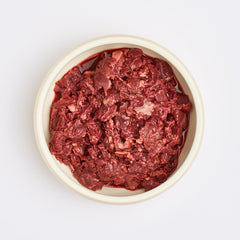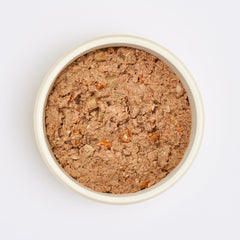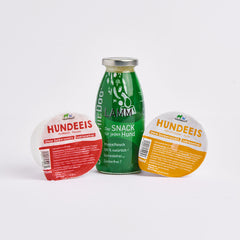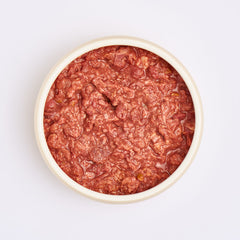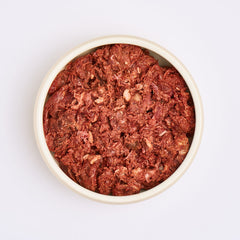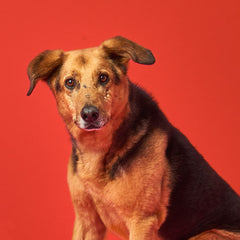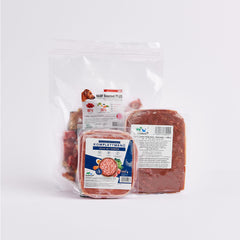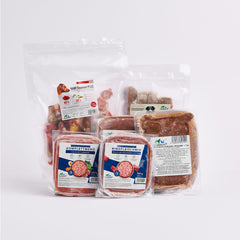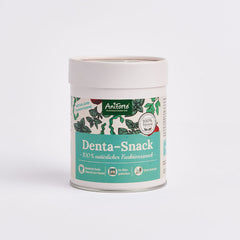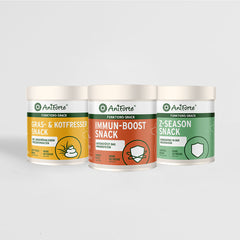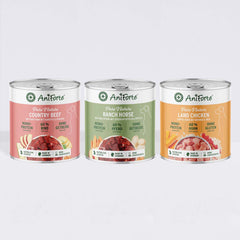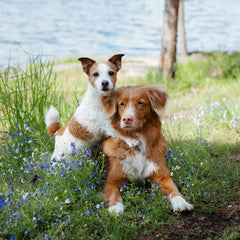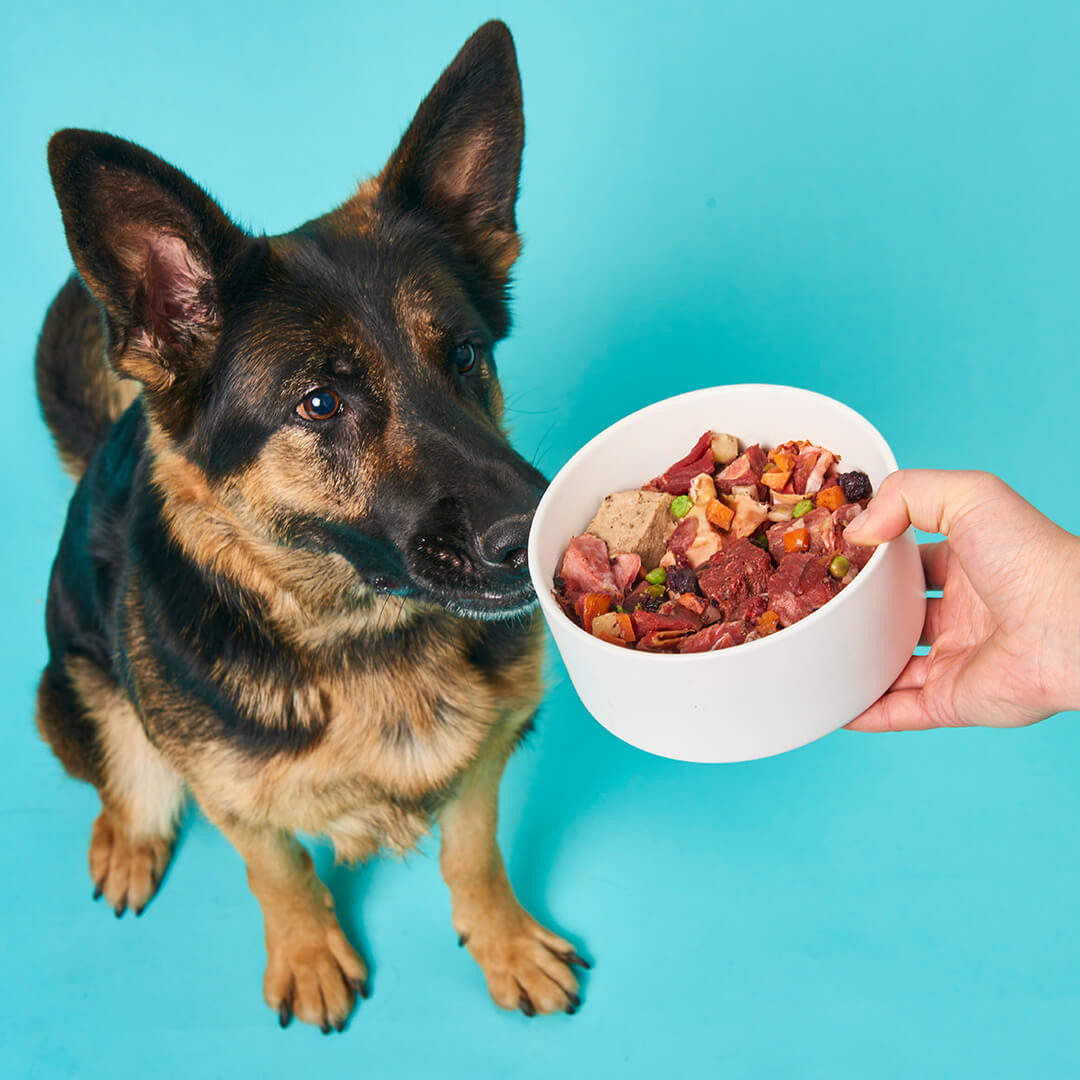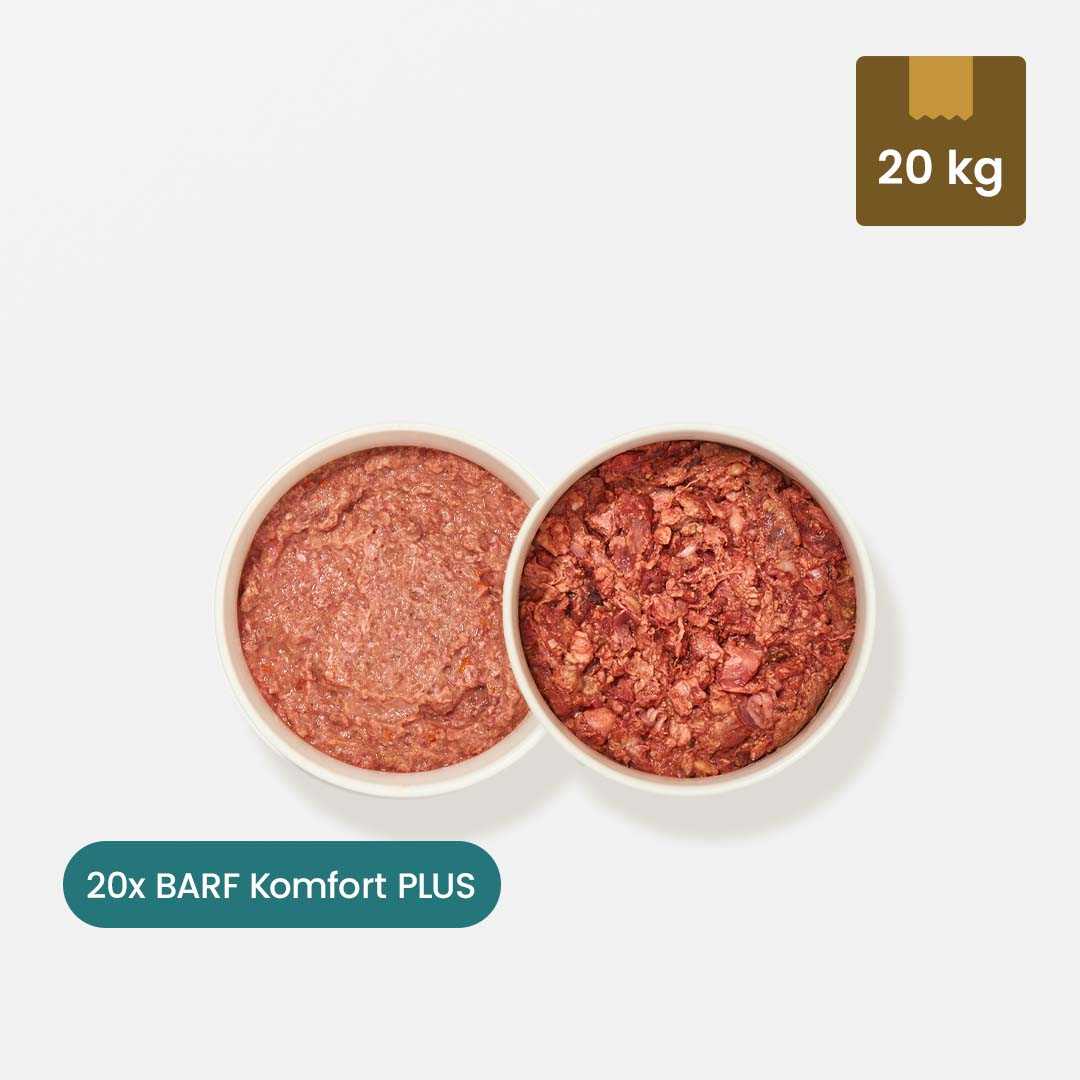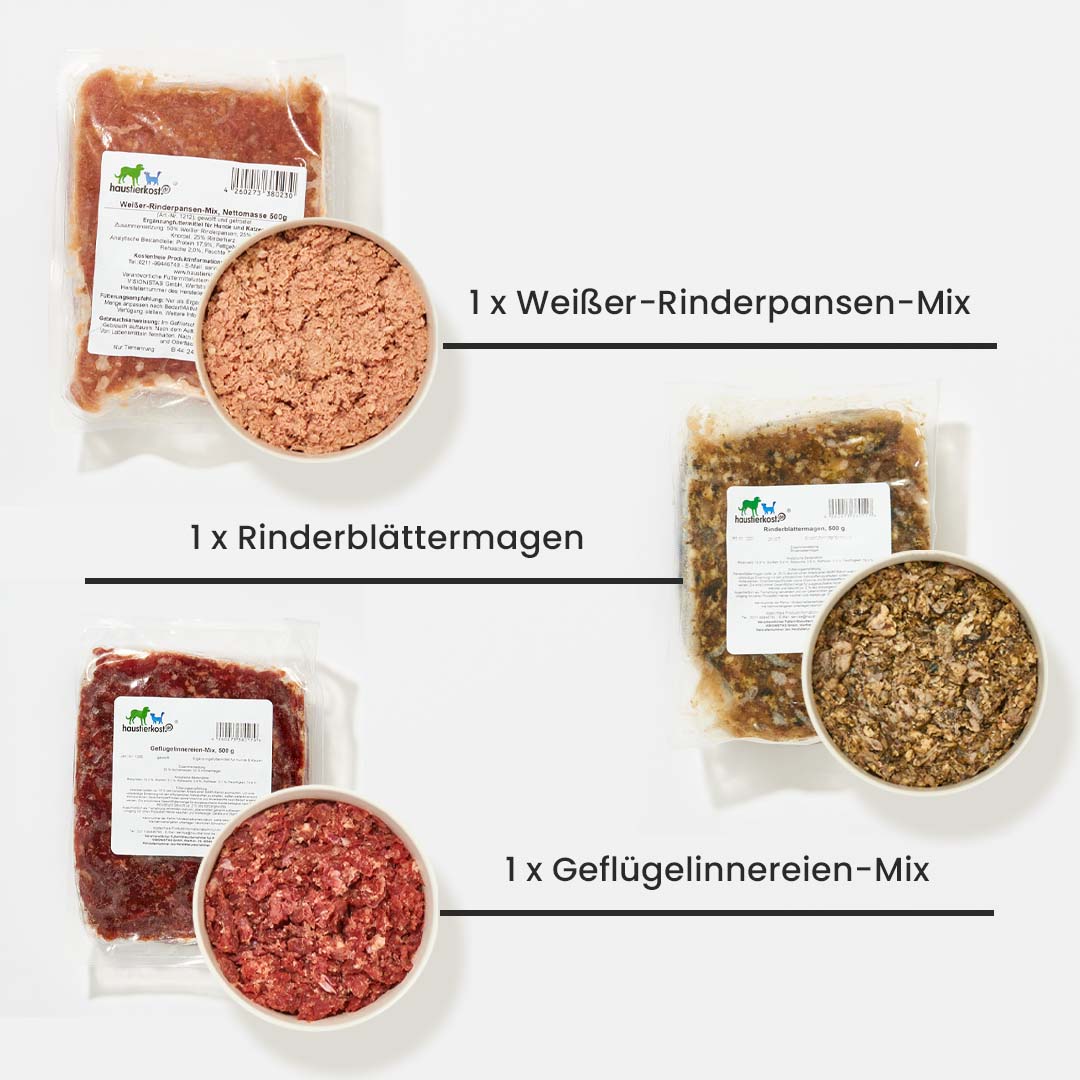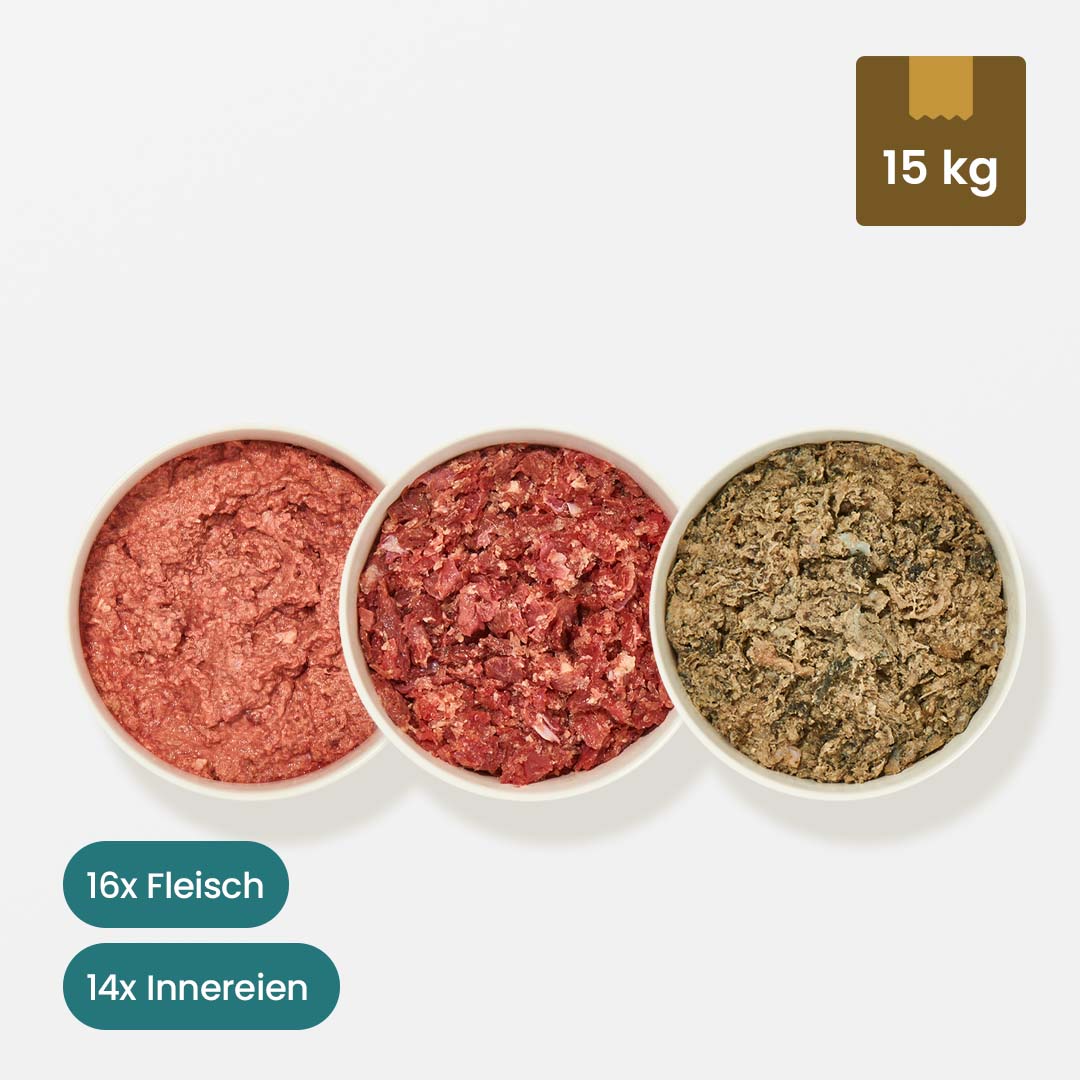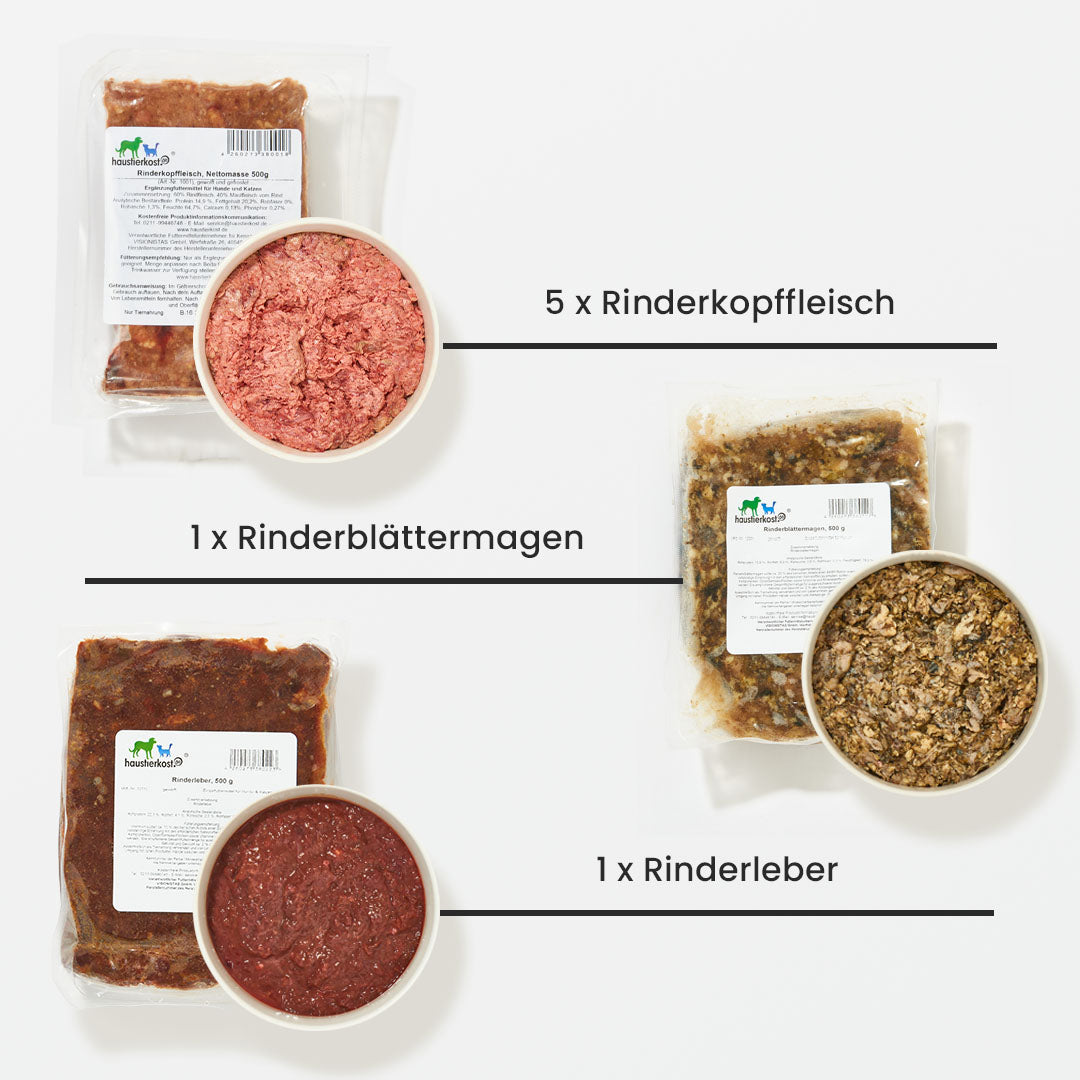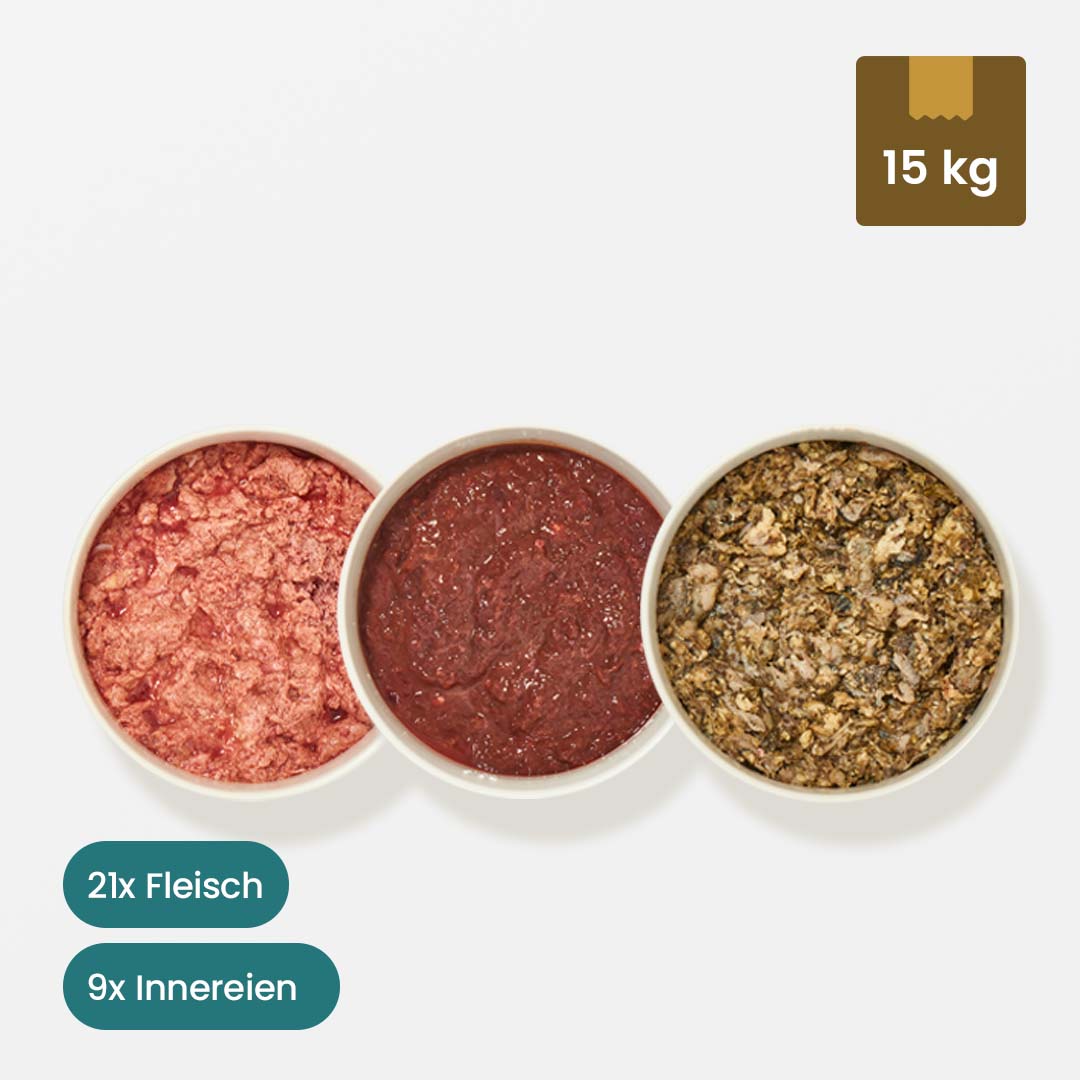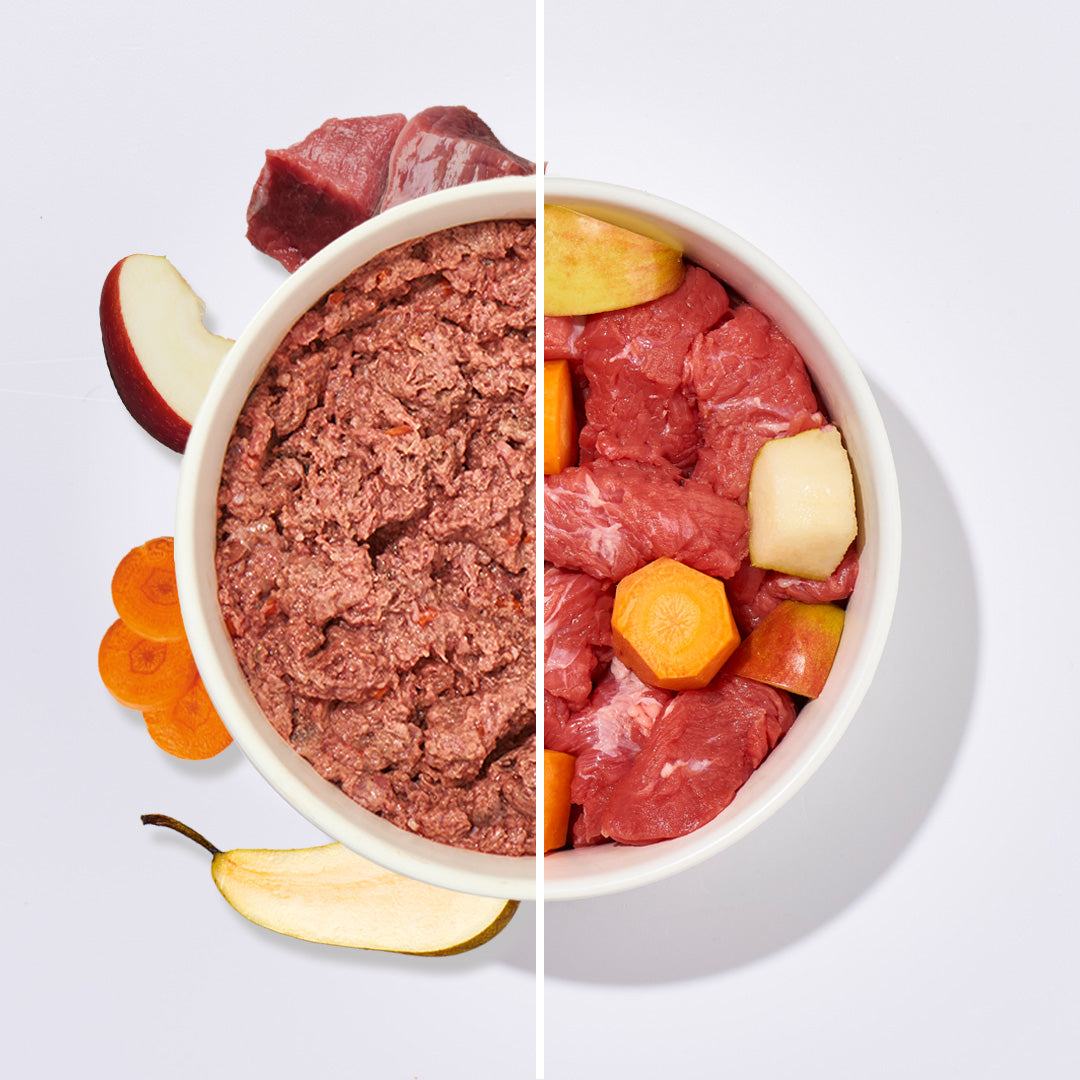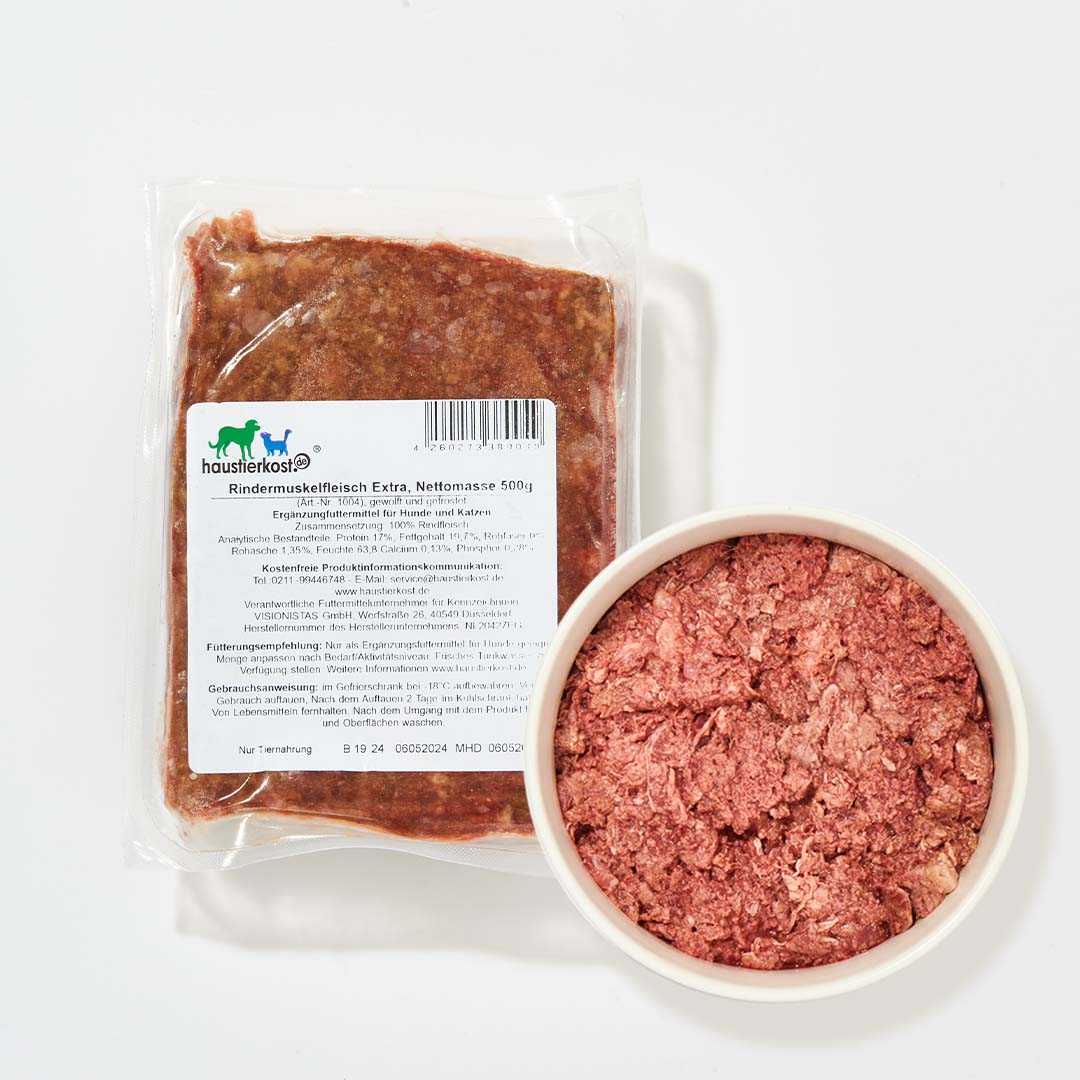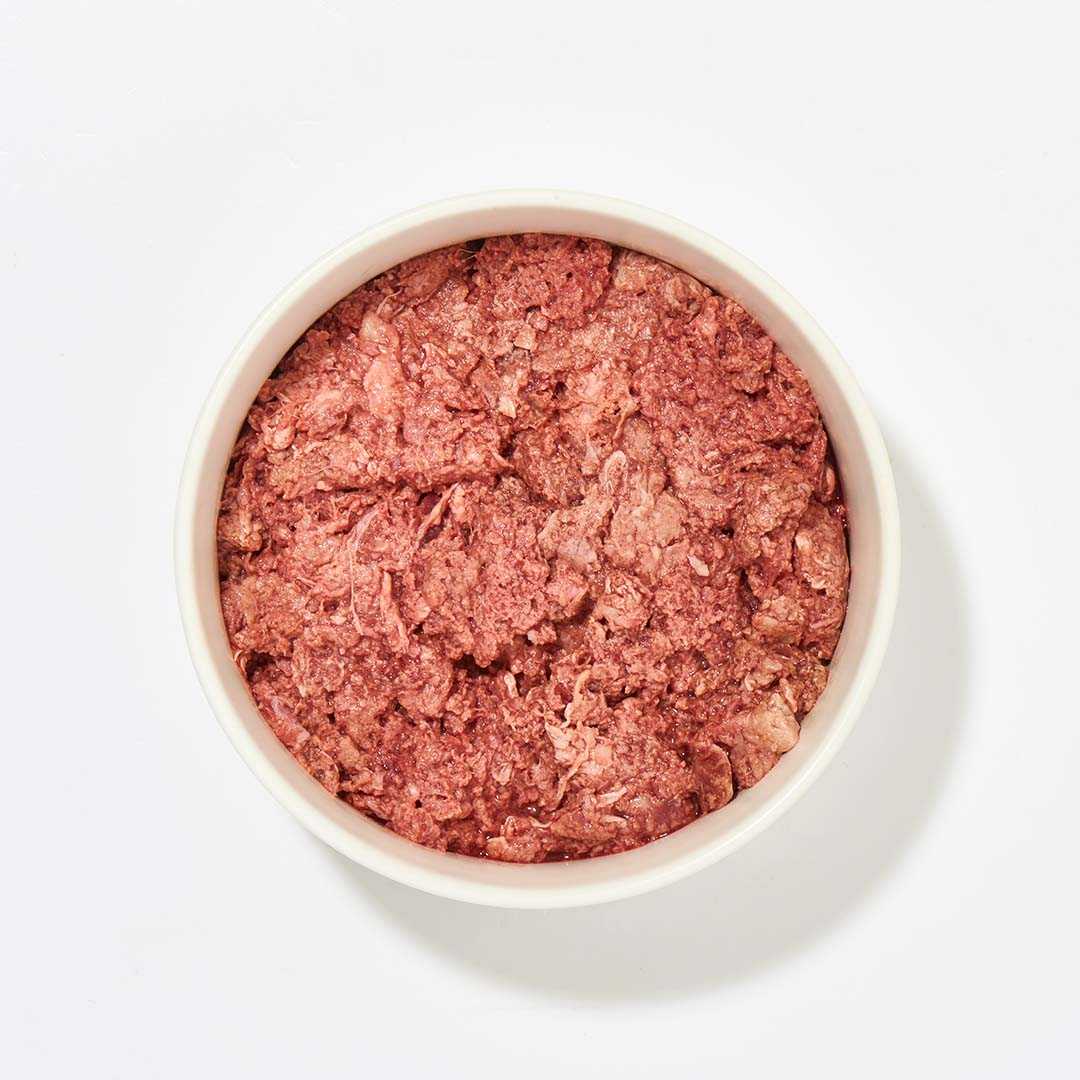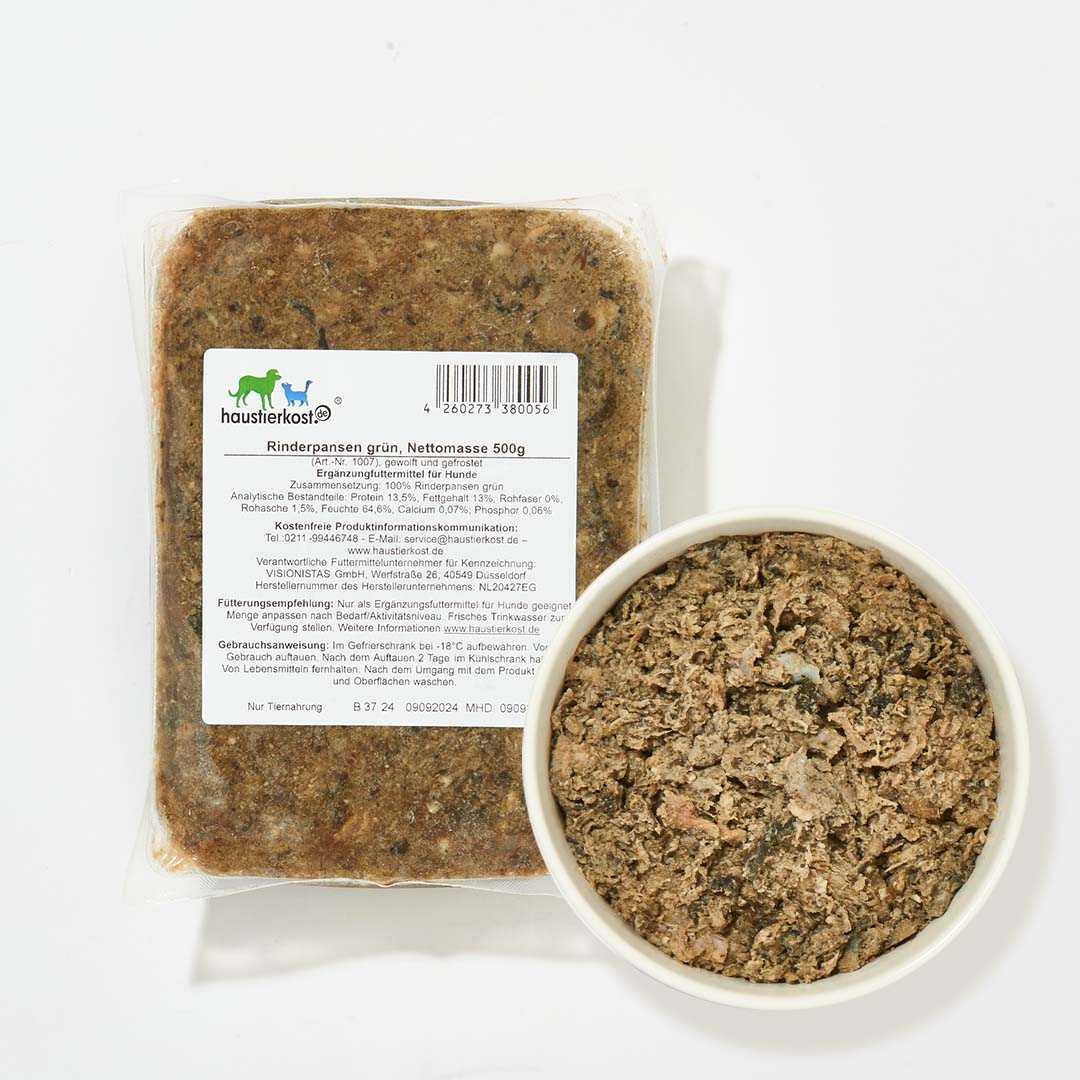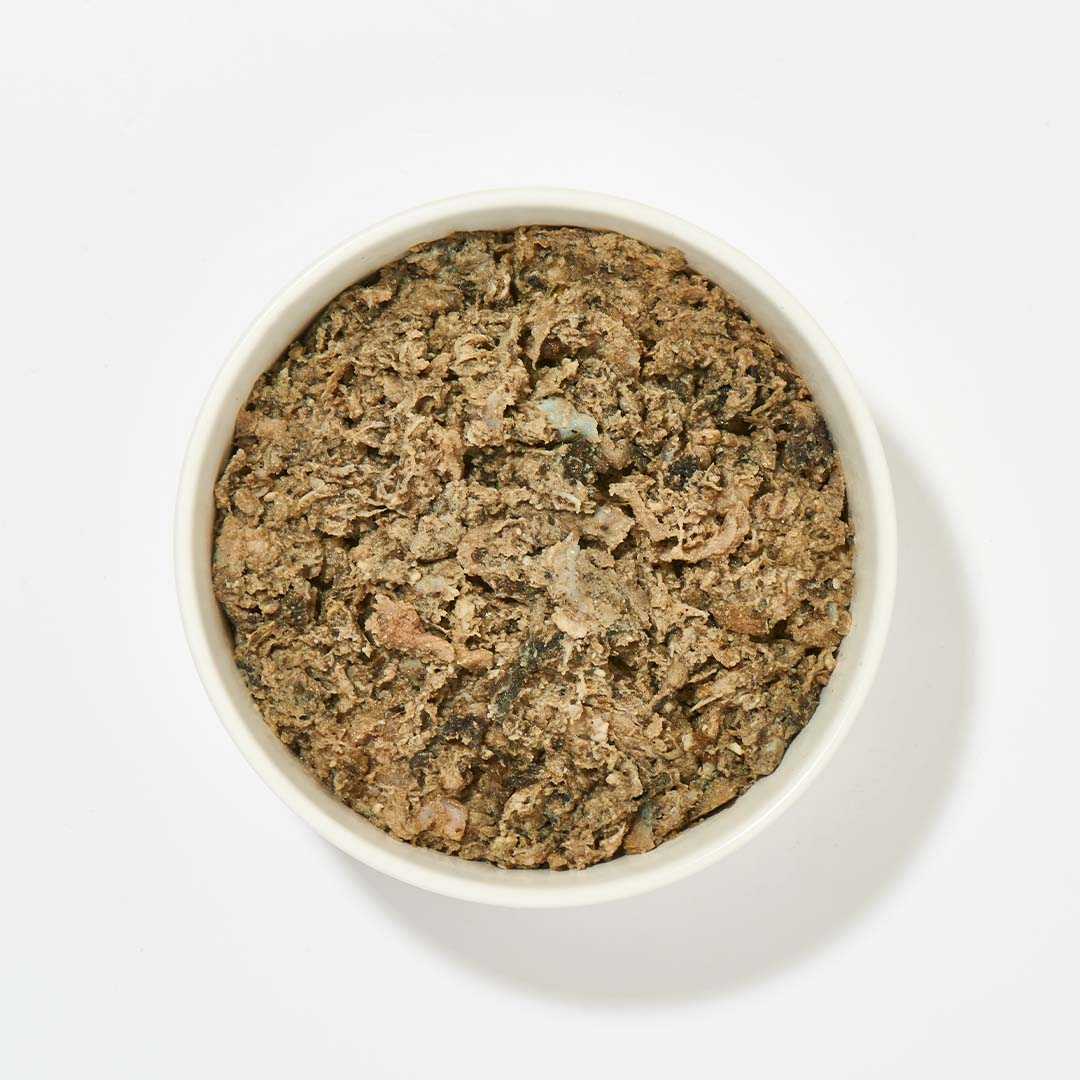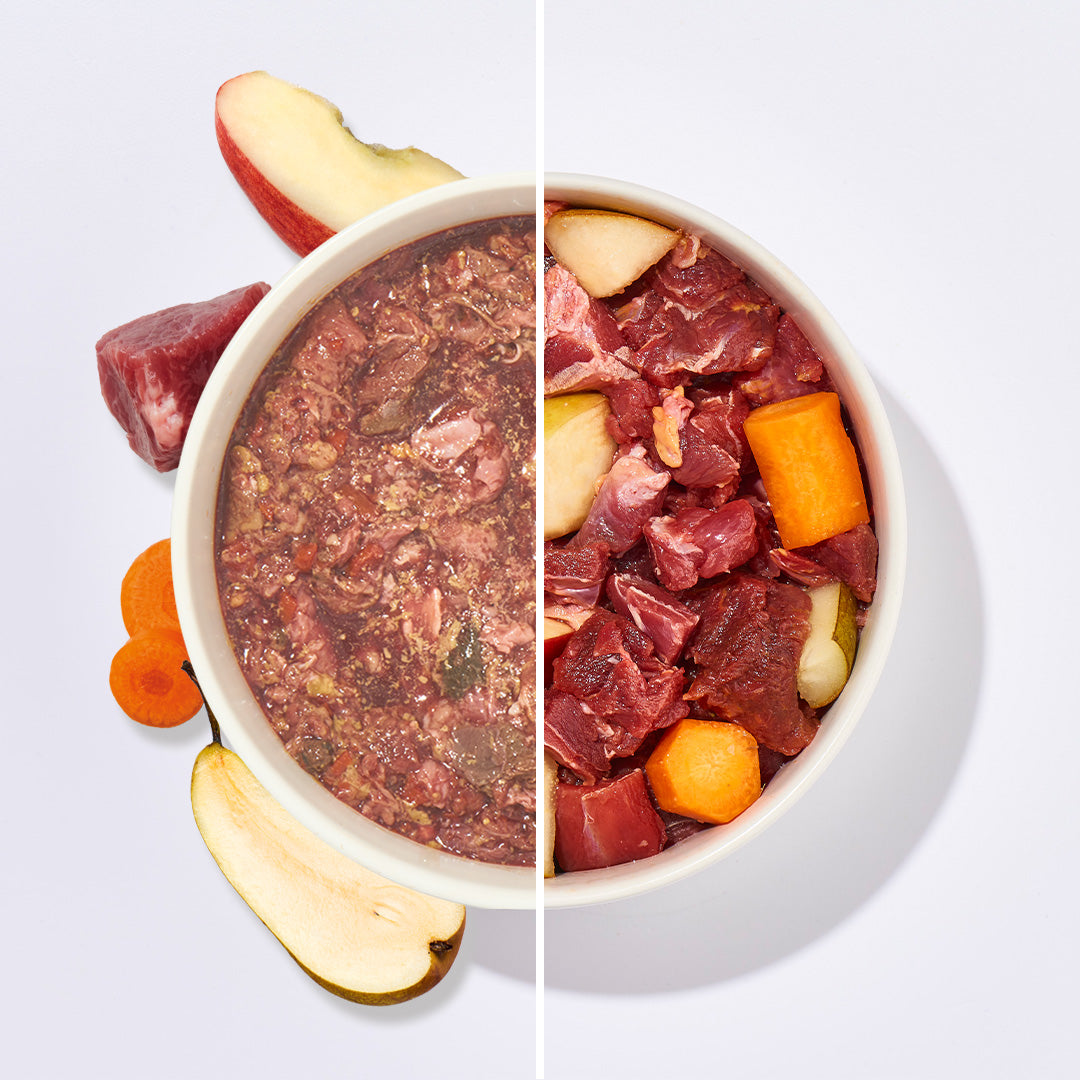Heat stroke is a serious health risk for dogs in summer. Heat stroke and its symptoms are a reaction to the body overheating caused by high outside temperatures or excessive physical exertion. Read how you can recognize the symptoms of heat stroke, which outside temperatures are critical for dogs, and which breeds are particularly at risk.
Heat stroke: Dog quickly shows symptoms
If heat stroke is approaching, typical symptoms will appear in dogs. These can include constant, heavy panting and increased salivation. A stretched neck and a hanging tongue can also indicate heat stroke in dogs. In addition, the inside of the ears are usually hot and very red.
Heat stroke itself is manifested in dogs by increasingly rapid and shallow breathing, a racing heartbeat and severe reddening of the mucous membranes and tongue. Balance problems and increasing apathy also occur. Vomiting and bloody diarrhea can also be part of the symptoms. If heat stroke in dogs is not treated, the symptoms inevitably worsen: the mucous membranes turn blue, as well as trembling and cramps, before unconsciousness and ultimately death occur.
Heatstroke should not be confused with sunstroke in dogs. Sunstroke causes many similar symptoms in dogs and is also dangerous, but can occur at lower temperatures. The only decisive factor is direct sunlight, which is why even a cool, sunny day on the beach during a summer holiday with your dog can result in sunstroke if you are unprotected.
Preventing Heat Stroke in Dogs
To prevent heat stroke in dogs, it is most important to provide them with plenty of cool, shady places to retreat to on warm and hot days and not to overtax them physically. If you have to take your dog with you on a warm or hot day to run errands, you must not leave them in the car under any circumstances - not even for a five-minute stop at the post office or with the windows down. The external conditions and sunlight cause the temperature in the car to rise very quickly. Even at 20 °C, the inside temperature can be more than 40 °C after an hour; at 30 °C outside, this value is exceeded after just over 10 minutes.
Even if the dog is not left alone, fresh water should be available in the car in spring and summer so that the dog can be given something when it needs it. You can postpone walking the dog until the early morning or late evening when the temperature is lower and the sun is not yet so strong.
Heat stroke in dogs: first aid
After heat stroke, it is vital for the dog to lower its body temperature and ensure its circulation. To do this, you can take the dog to a shady, cool place and spray it with fresh water. Very important: Do not use ice-cold water! This only causes the blood vessels to constrict and can therefore even make the situation worse.
Cooling down too quickly also puts a strain on the circulatory system. Therefore, start cooling the paws and limbs and work your way over the stomach and lumbar region to the neck and head. Wet towels are well suited for this situation, but they should be changed regularly. A fan, a cold hair dryer or waving a damp towel ensures good air circulation. Once the dog has reached a normal body temperature again (38 to 39 °C), the cooling measures can be stopped for the time being and transport to a veterinary practice initiated. The practice should be notified of the emergency in advance. If the dog is conscious, it can be offered lukewarm water before and during the journey. You should also keep an eye on the dog's condition until you arrive and ensure good air circulation in the vehicle.
If the dog has already lost consciousness after heat stroke, it should be placed in a recovery position and taken to the vet immediately. Also stretch out the head and pull out the tongue so that the dog can breathe freely. Cooling can be done with wet towels.
At the vet, the dog will receive urgently needed infusions and other medications or treatments. A blood test can also be performed to rule out organ damage.
Heat stroke in dogs: breeds particularly at risk
In fact, there are dogs that are more likely to suffer from heat stroke than other breeds. These include the so-called brachycephalic dog breeds, such as the French and English bulldog, Pekingese or pug. These breeds often have very short noses, narrowed nostrils and smaller nasal conchae, which makes it difficult for them to breathe normally and pant to release heat. In addition to the breeds mentioned, Labrador retrievers, golden retrievers and Malinois are also more susceptible to heat stroke, according to an Israeli veterinary study.
So always be aware of the symptoms of heat stroke in these and all other dog breeds and take preventative measures wherever possible. The team from your BARF online shop wishes you and your dogs a sunny and safe summer.



